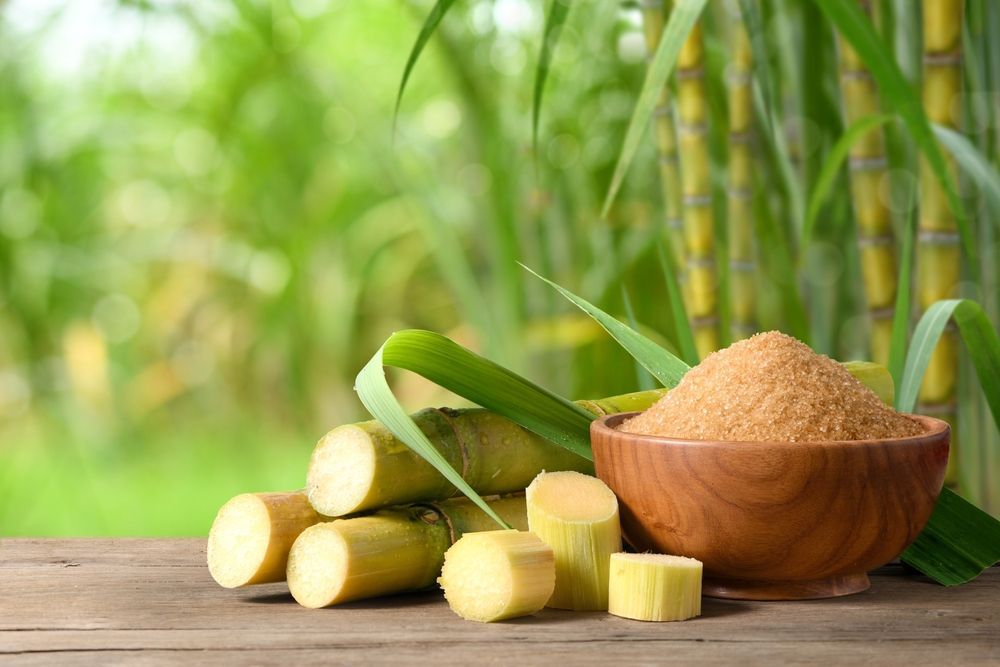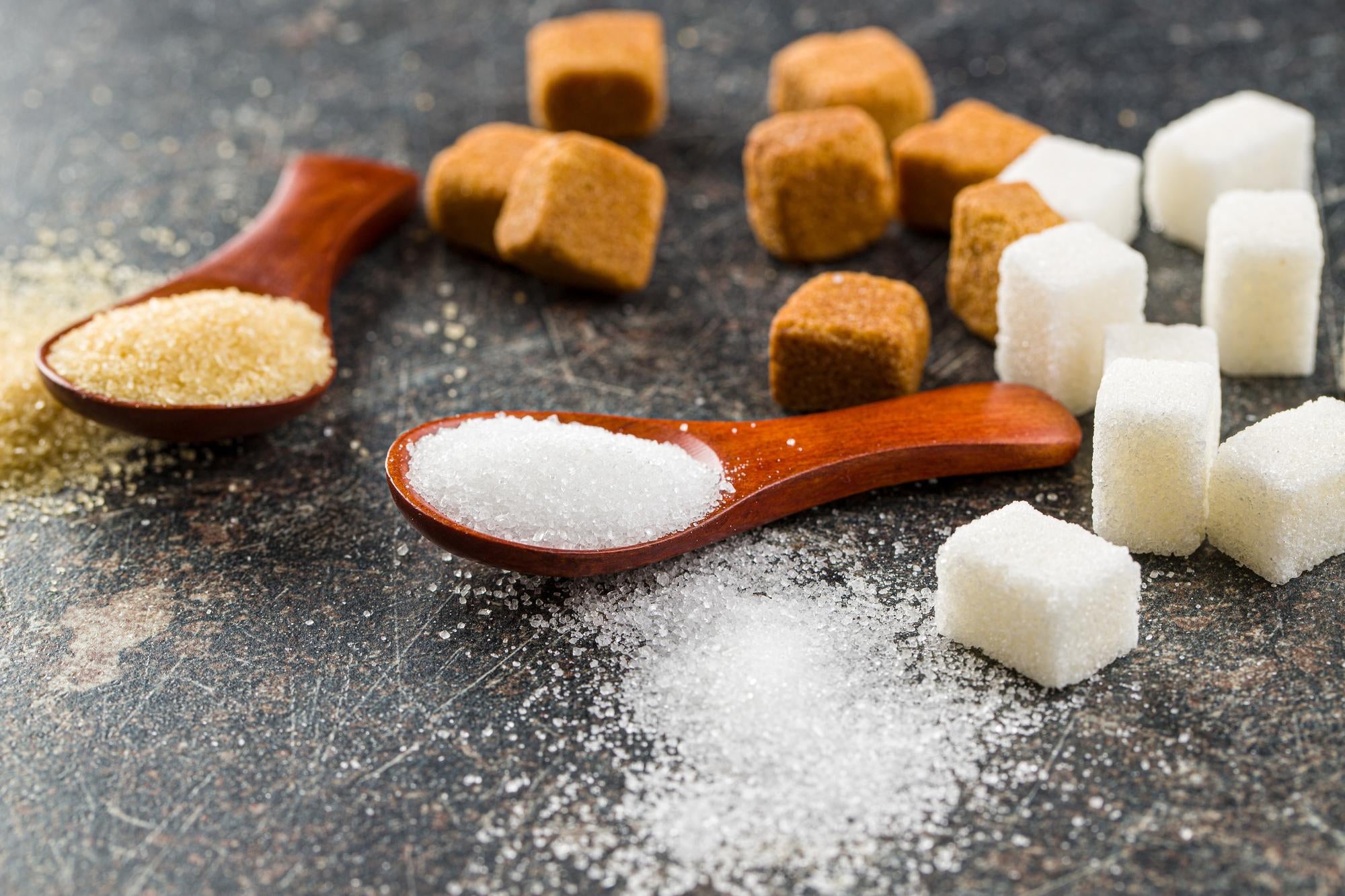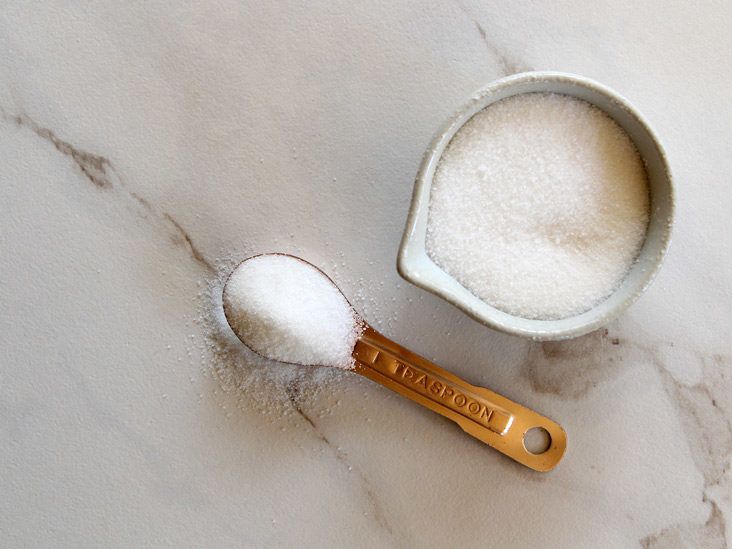Beet Sugar vs Cane Sugar: The Impact on Your Diabetes Management
Wiki Article
Beet Sugar vs. Cane Sugar: Which One Fits Your Way Of Living?
The choice between beet sugar and cane sugar incorporates various elements that can dramatically influence your culinary experience and way of life. While cane sugar is typically lauded for its distinct sweet taste and convenience throughout many dishes, beet sugar might appeal to those seeking a more neutral flavor profile. Additionally, considerations concerning environmental sustainability and farming methods include another layer to this choice. As we discover the subtleties of these 2 sugar sources, one must contemplate how these factors straighten with individual worths and dietary demands. What could this indicate for your following cooking venture?Beginning of Beet Sugar
Although sugar has actually been obtained from different resources throughout history, beet sugar has its beginnings in the early 19th century when scientists in Europe began to remove sucrose from sugar beetss. The growth of beet sugar handling was substantially influenced by the Napoleonic Wars, which interrupted sugar cane products from overseas colonies. European nations sought to develop domestic sources of sugar, motivating research right into different plants.
Beginning of Cane Sugar
Cane sugar has an abundant background that goes back hundreds of years, arising as among the earliest known sources of sweetness. Its beginnings map back to the tropical regions of Southeast Asia, where it was first cultivated around 6000 BCE. The process of removing sugar from sugarcane was improved over centuries, bring about its spread across the Indian subcontinent and ultimately to the Middle East.By the 7th century, cane sugar was introduced to Europe through trade routes, where it swiftly obtained popularity. The Crusaders brought it back from the East, referring to it as "honey of the reeds," and its use broadened throughout the continent. In the 15th century, the establishment of sugar haciendas in the Caribbean transformed cane sugar into a considerable commodity, driven by the need for sweet taste in European markets.
As sugar's appeal expanded, so did the complexities bordering its manufacturing, consisting of the dependence on slave labor, which had profound social and financial implications. Today, cane sugar continues to be a staple in worldwide food, with its tradition deeply intertwined with farming methods and social traditions, reflecting both its historic value and ongoing importance.

Nutritional Comparisons
The historical value of cane sugar is matched by the recurring rate of interest in its dietary account, specifically in contrast to beet sugar. Both sugars, originated from different sources, share a similar chemical structure-- sucrose, which includes sugar and fructose. This similarity indicates that, nutritionally, they offer equivalent caloric material, with both giving roughly 15 calories per tsp.
Nonetheless, subtle distinctions might influence consumer choices. Cane sugar is usually viewed Full Report to have a much more noticable taste profile, credited to map minerals retained during handling. These minerals, while existing in negligible quantities, can add to its appeal amongst those looking for a much more "all-natural" item. On the other hand, beet sugar is regularly produced using much more substantial refining processes, which can lead to an extra neutral preference.
Furthermore, the existence of particular processing representatives can range the two. For example, beet sugar may contain traces of calcium carbonate, made use of during its refinement, whereas cane sugar often uses a different filtration approach. Inevitably, while both sugars are functionally interchangeable in food preparation and baking, specific choices and assumptions of taste and handling techniques may direct check my source consumers in the direction of one choice over the other.
Ecological Impact
Ecological considerations play a crucial role in the recurring dispute in between beet sugar and cane sugar manufacturing. Both plants existing unique environmental obstacles and advantages that merit cautious assessment.Beet sugar, mostly grown in temperate regions, usually requires much less water and can be cultivated in diverse farming settings. The capacity to turn beet plants with other plants can enhance dirt health and decrease parasite pressures, promoting lasting farming methods. Nevertheless, using artificial fertilizers and pesticides in beet farming can result in runoff problems, affecting neighborhood water quality.
In comparison, cane sugar is mainly generated in tropical environments, where the extensive land usage can result in logging and loss of biodiversity. The farming of sugarcane is water-intensive, commonly increasing problems regarding water scarcity in regions where it is grown. Furthermore, practices such as burning cane fields before harvest can add to air pollution and greenhouse gas discharges.
Ultimately, the environmental influence of beet versus cane sugar is complicated, affected by agricultural methods, geographical place, and local regulations. When picking in between the two kinds of sugar., consumers looking for to minimize their ecological footprint may think about these aspects.
Preference and Culinary Makes Use Of
Checking out the taste and culinary uses beet sugar and cane sugar discloses remarkable differences that can affect customer preferences and cooking applications. Both sugars work as sweetening representatives, yet their flavor accounts and functional attributes can differ.
On the other hand, beet sugar, sourced from sugar beetss, has a somewhat different taste account that some define as earthier. While it functions likewise to cane sugar in recipes, its subtle taste difference might be more noticable in fragile desserts. Beet sugar is primarily discovered in granulated kind and is typically made use of in processed foods.

Final Thought
Finally, the choice between beet sugar and cane sugar includes several factors, consisting of beginning, nutritional content, environmental factors to consider, and cooking applications. Cane sugar is commonly preferred for its clean taste and convenience in varied recipes, while beet sugar might attract those prioritizing environmental sustainability and an extra neutral flavor profile. Inevitably, the choice must line up with specific dietary preferences and lifestyle values, guaranteeing that the chosen sugar enhances both health and wellness and environmental objectives.The selection in between beet sugar and cane sugar includes different factors that can considerably affect your culinary experience and way of life.Although sugar has actually been derived from numerous sources throughout history, beet sugar has its beginnings in the early 19th century when researchers in Europe started to draw out sucrose from sugar beetss. The facility of sugar beet factories facilitated the mass manufacturing of beet sugar, making it a viable rival to cane sugar.
In contrast, beet sugar, sourced from sugar beetss, has a slightly various taste profile that some describe as earthier. Cane sugar is commonly favored for its tidy preference and convenience in diverse dishes, while beet sugar might appeal to those prioritizing environmental sustainability and a more neutral flavor profile.
Report this wiki page